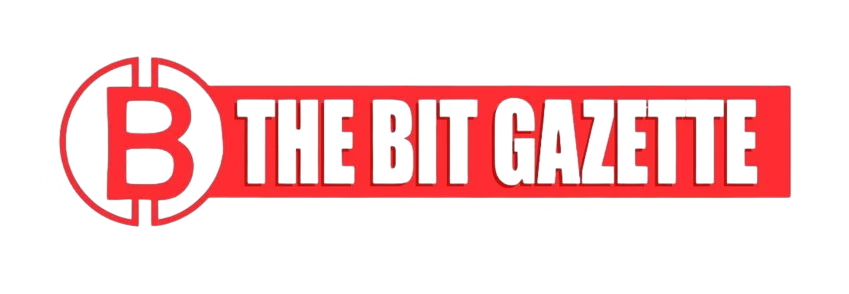An early Bitcoin investor liquidated his entire 11,000 BTC holdings worth approximately $1.3 billion over recent weeks, helping drive Bitcoin below $82,000 and triggering the largest weekly ETF outflow since February. Owen Gunden’s final sale of $230 million hit Kraken on Thursday, according to Arkham Intelligence, just before Bitcoin dropped $5,000 in a single session.
The selling pressure coincided with $1.5 billion in withdrawals from U.S. spot Bitcoin ETFs as investors retreated from risk assets amid uncertainty over Federal Reserve interest rate policy ahead of December’s meeting.
On Reddit, traders speculated that the liquidation exerted severe short-term pressure. “I mean, if the price action isn’t already enough to convince you, that’s $1.3 billion of selling pressure in the space of a few weeks… from just one guy,” one r/Bitcoin user wrote.
Market watchers say the sale is symbolic of a broader cooling of risk appetite as uncertainty around US Federal Reserve policy leaves investors hesitant to take on leverage.
ETFs shed billions as institutional players reassess risk
The selling was not limited to whales. Marathon Digital Holdings, now operating as MARA, offloaded more than 648 BTC—worth roughly $59 million at the time—according to Arkham. The transactions, executed on Coinbase Prime and FalconX, added to downward pressure already fueled by ETF outflows driven in part by the unsettled state of US Federal Reserve policy.
Between November 17 and November 20, U.S. spot Bitcoin ETFs logged net withdrawals of $1.5 billion, with the total weekly outflow exceeding $1.2 billion—the largest since February. For institutional market participants, the ambiguity surrounding US Federal Reserve policy has complicated risk assessments, making digital assets less appealing than traditional instruments.
Ether ETFs recorded a modest $55.71 million inflow following an eight-day streak of outflows, but that uptick remains overshadowed by more than $555 million that left Ether-tracking products earlier in the week.
Bitcoin’s performance reflects this climate. Between November 14 and November 21, the asset dropped 12.1%, reaching its lowest point in more than seven months. Though prices briefly recovered to around $84,700, analysts say the recovery remains fragile as long as US Federal Reserve policy remains opaque.
Political hesitation grows as US Federal Reserve policy clouds the outlook
Political enthusiasm for crypto—which had surged during previous bull cycles—appears to be fading. Market participants say lawmakers have little incentive to champion industry-friendly reforms when macroeconomic uncertainty, driven partly by US Federal Reserve policy, overshadows investor confidence.
The labor report released in September compounded the confusion. While the addition of 119,000 non-agricultural jobs exceeded expectations, unemployment rose to 4.4%, the highest in four years. For many investors, these mixed signals only amplify the market’s sensitivity to US Federal Reserve policy, which remains unpredictable ahead of December’s meeting.
Analysts note that the unsettled environment discourages borrowing, leverage, and strategic risk-taking—all essential for sustaining high-volume crypto activity. As long as the trajectory of US Federal Reserve policy is unclear, Bitcoin and other digital assets may remain vulnerable.
Liquidity crunch deepens as US Federal Reserve policy and Treasury shifts collide
Further pressure has emerged from Treasury market movements. The U.S. Treasury has adjusted its debt strategy by buying back portions of its debt and favoring short-term bills over longer-term bonds.
With the Federal Reserve scaling back long-term security purchases, private investors have been left to absorb more supply. Ten-year yield levels stand at 4.06%, while thirty-year bonds hover at 4.71%, drawing investors toward traditional safe-yield products and away from crypto.
Ryan Lee, chief analyst at Bitget Research, noted that traders were hit with liquidations as Bitcoin slumped, saying they may “run away from markets, unless the Fed makes a ‘bullish’ decision in December.”
He added that seasonal consumer spending might offer temporary stability, though he cautioned that the traditional year-end rally could falter. According to Lee, the combination of bearish sentiment and uncertainty surrounding US Federal Reserve policy makes 2025’s holiday season unpredictable.
As markets brace for December, analysts agree that the direction of US Federal Reserve policy will remain the central force shaping institutional strategies, political postures, and investor confidence across the crypto landscape.










